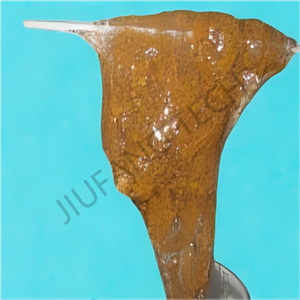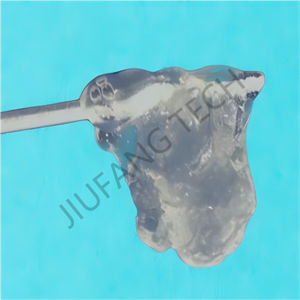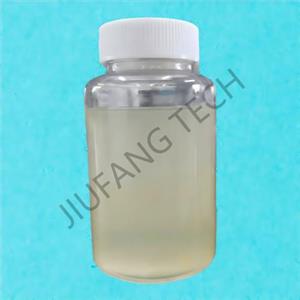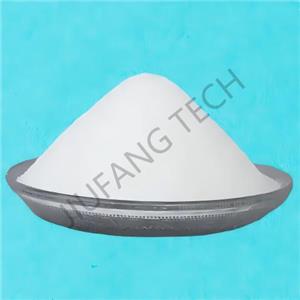Polyacrylamide manufacturer
Shenyang Jiufang Tech in GCC
One of the countries in the GCC's STP is using our main product (polyacrylamide) in the dewatering process. As a polyacrylamide manufacturer,we promoted this to the biggest STP with our partner in this country. From the technical communication, jar test, testing in the dewatering machine, and signing the contract, Jiufang Tech provided a full range of support for this agent.
The dosage, concentration of polyacrylamide and the mixing effect directly influence the dewatering efficiency of the centrifuge, and need to be synergistically optimized with the centrifuge parameters (rotation speed, differential speed):
Dosage Concentration and Dissolution
Dissolution Concentration: Usually, it is 0.1%-0.3% (mass ratio). If the concentration is too high, polyarylamide may not be completely dissolved (forming "fish-eyes"), resulting in uneven flocculation. If the concentration is too low, a larger dosage is required, increasing the cost.
Dissolution Requirements: Dissolve it in clean water (the optimal water temperature is 20-30℃) with stirring. The stirring speed should be 60-100 r/min (to avoid high speed shearing from breaking the molecular chain), and the dissolution time is 30-60 minutes (to ensure complete dissolution).
Dosage Control
Conventional Range: 1-5 kg of polyacrylamide per ton of dry solid sludge (specifically determined by small - scale tests).
Insufficient Dosage: The flocs are small. After centrifugation, the moisture content of the filter cake is high (>85%), and the filtrate is turbid.
Excessive Dosage: The flocs are overly sticky and likely to "slip" inside the drum (unable to be effectively pushed by the screw), resulting in an uneven filter cake thickness. It may even block the slag - discharge port, and at the same time, it increases the cost.
Mixing and Reaction Time
After adding polyacrylamide, it needs to be quickly mixed with the sludge (through a static mixer or in - pipeline mixing), and a reaction time of 10-30 seconds should be reserved to ensure that stable flocs are formed before entering the centrifuge. Inadequate mixing will lead to local excess or deficiency of polyacrylamide, affecting the overall effect.
Matching with Centrifuge Parameters
Rotation Speed: The higher the rotation speed, the greater the centrifugal force. However, an overly high rotation speed may tear the flocs (especially for low - molecular - weight PAM).
It needs to be adjusted according to the strength of the flocs (usually 1500 - 3000 r/min).
Differential Speed (the rotation-speed difference between the screw and the drum): A small differential speed means the sludge stays in the machine for a long time, resulting in a low moisture content of the filter cake, but the processing capacity decreases. A large differential speed has the opposite effect. If the flocs formed by PAM have high strength, the differential speed can be appropriately increased to improve the processing capacity.
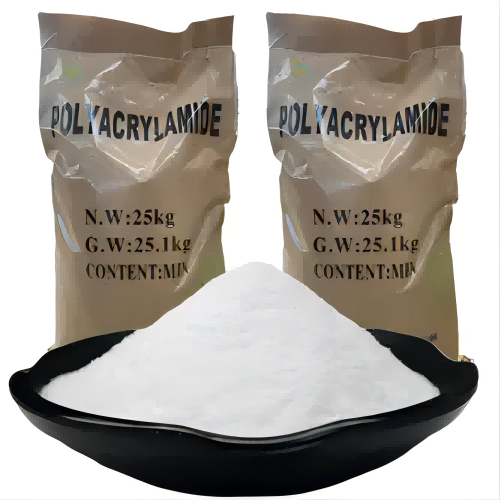
![]()

